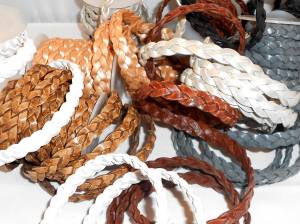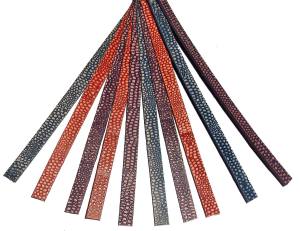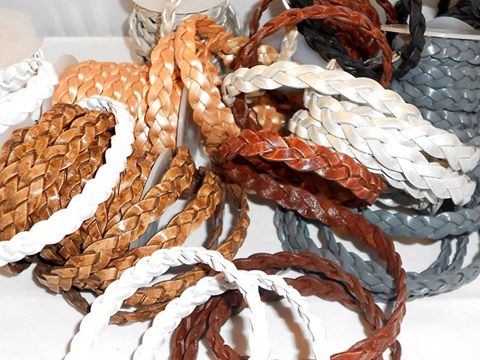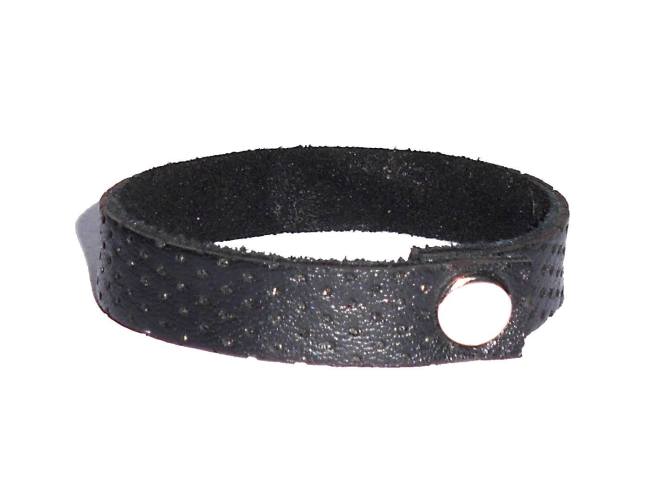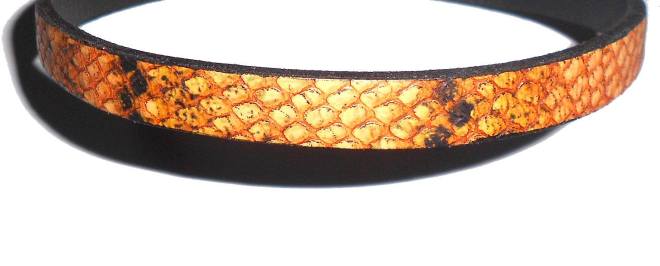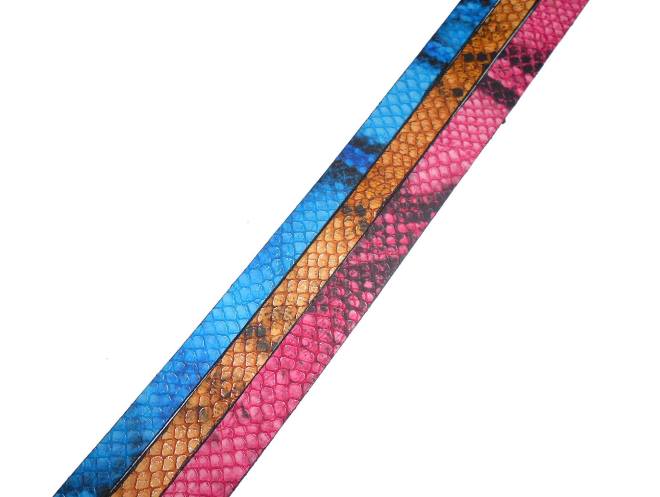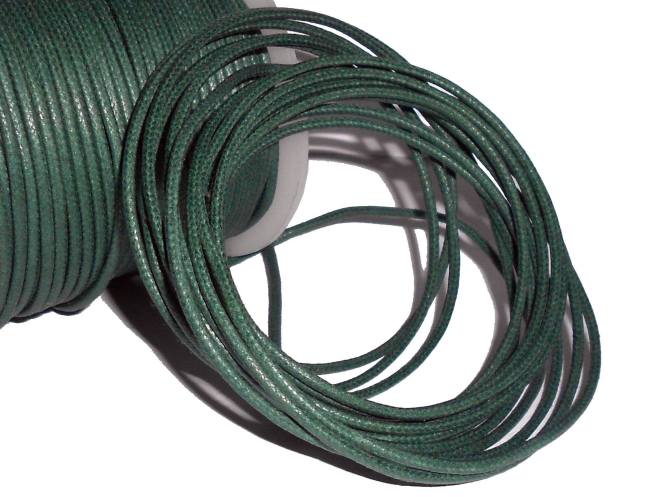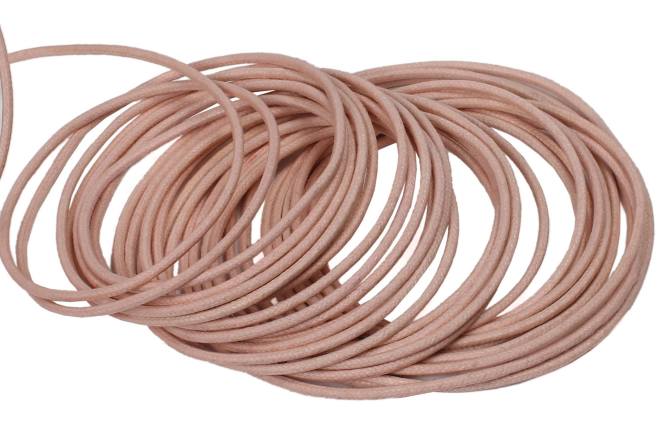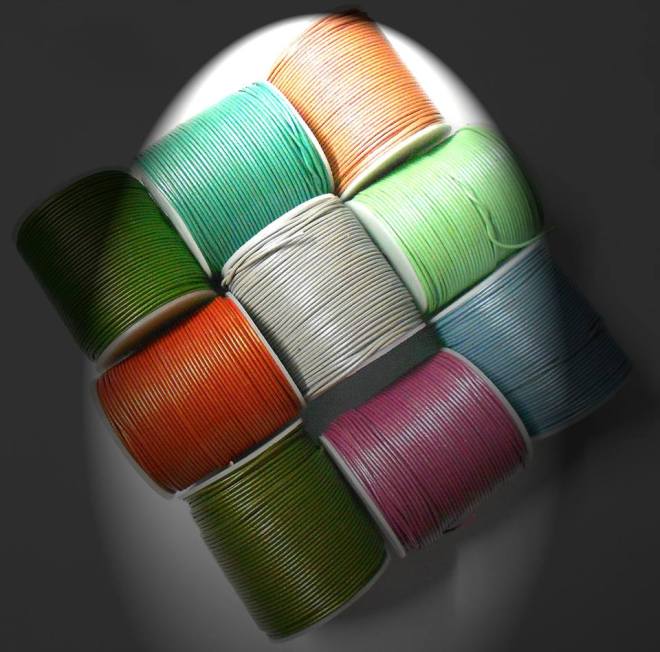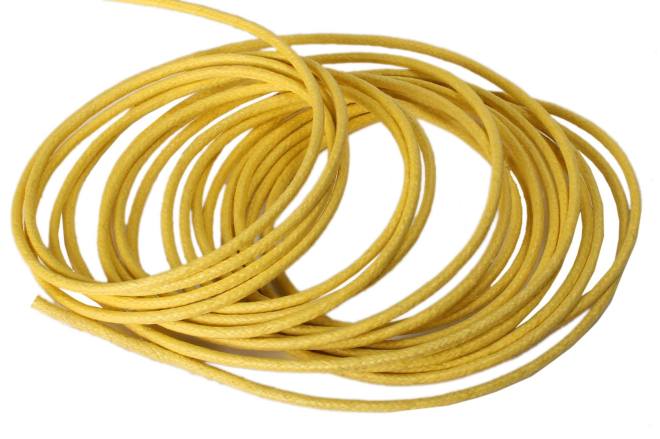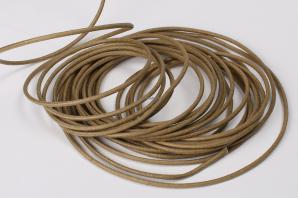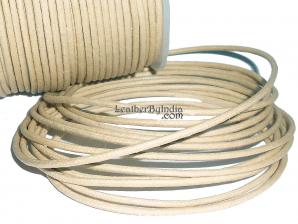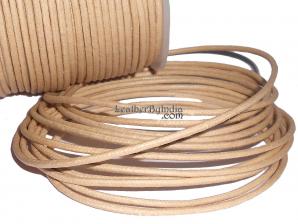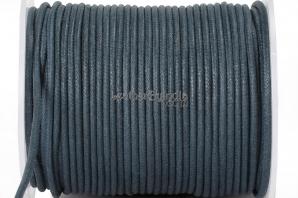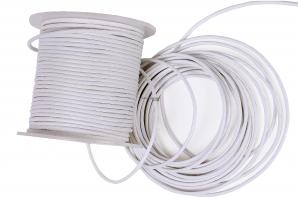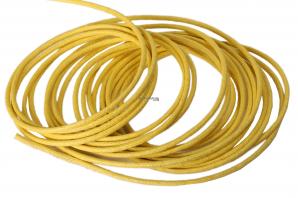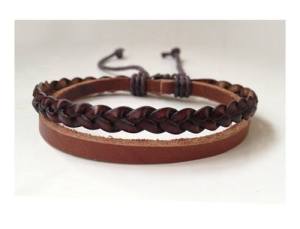Waxed cotton became an instant success with the commercial shipping industry, and Webster’s as primary manufacturers turned to thinking of alternate markets that the product could be used in.
One of the early adopters was J. Barbour & Sons in the outdoor industry, producing waxed jackets for farmers and gamekeepers; and as motorcycling was then the predominant form of personal transport, the new company of Belstaff also developed clothing.
Waxed cotton came in either black, or an inconsistent dark olive. Colour was controlled by the amount of copper left from the cupro-ammonia treatment, and because of variability of the olive a complementary dark brown corduroy collar was placed on dark olive jackets.
Barbour’s entered the motorcycling market from the early 1930s, with the Barbour International motorcycle suit, developing their market presence through sponsorship of the British competitions and teams in motorcycle trials. Barbour International suits were worn by virtually every British International team from 1936 to 1977, and in the 1964 International Six Days Trial, actor Steve McQueen and the rest of the American team.
Adopted as the first choice waterproof clothing for the British armed forces during World War II, uses of waxed cotton escalated in the late 1940s and 1950s as spare material and army-surplus was sold off cheaply.
Rubber was also widely used for waterproofs during the nineteenth century and although not breathable was highly versatile and widely used. In 1823 Charles Macintosh patented a double textured fabric sandwiched around a layer of rubber. The Mackintosh became the synonym for the rain coat. Improved Macintosh was extremely versatile and was developed for fashionable wear and sporting activity and was made by numerous Manchester manufacturers. Other waterproof and wind proof fabrics, such as Burberry, Grenfell and Ventile were developed from the late nineteenth century. By the early 1960s wartime-developed materials including Nylon and PVC had come to the commercial market in volume. The development of synthetic polymers innovation began in the 1920s gathering pace during and after the Second World War, though it took time for light, breathable waterproofs to be developed. Although the uses of waxed cotton have reduced considerably, today there are various forms of waxed cotton with differences in look, touch and performance between each one. Modern uses of waxed cotton have niched to those areas where its greater warmth provides a greater benefit over its cost, weight and maintenance disadvantages.
Source:Wikipedia
